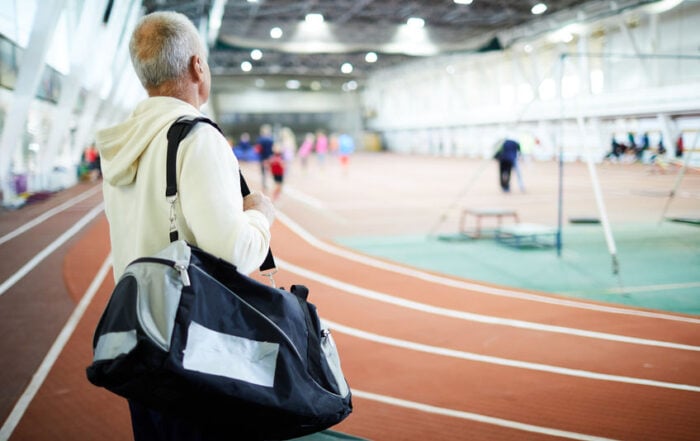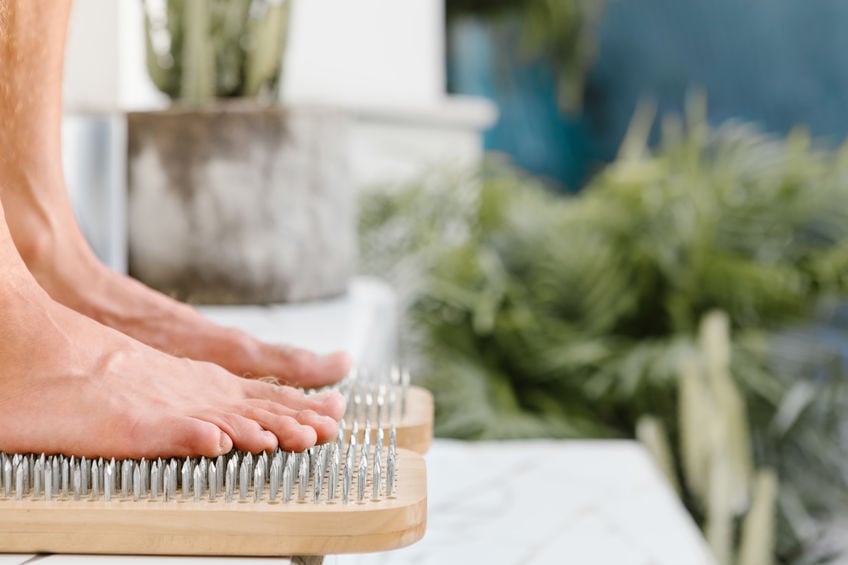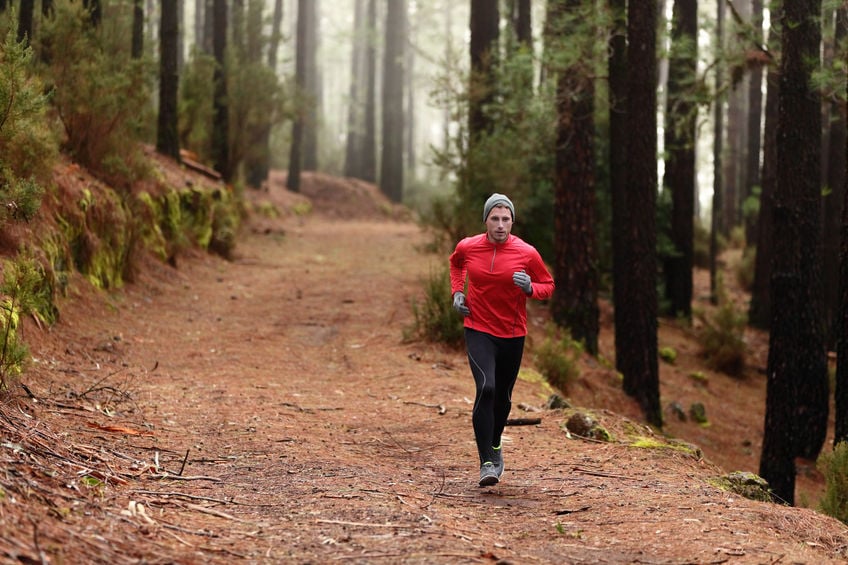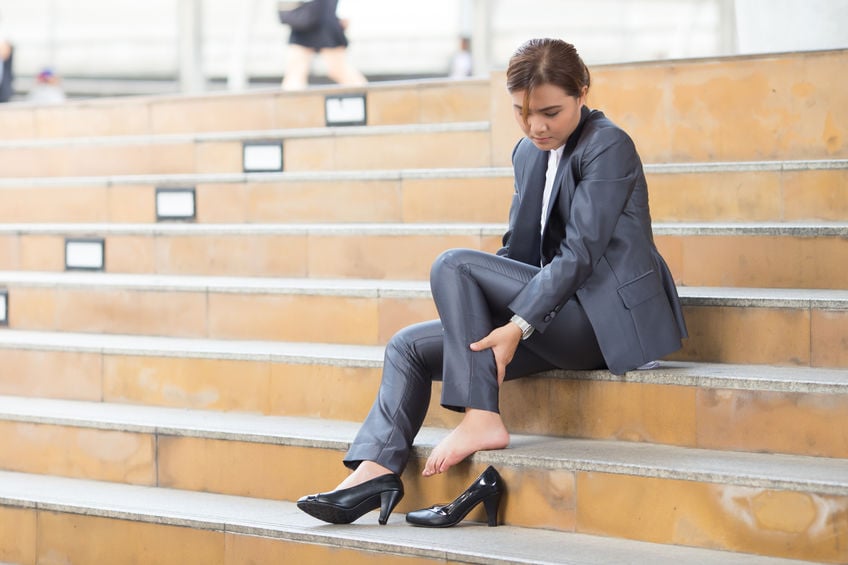Running Into Sesamoid Issues?
Athletes who spend hours running or moving can sometimes feel a strange pain at the bottom of the big toe. That pain is often a sign of a sesamoid injury. Sesamoids are a pair of pea-shaped bones that sit at the ball of the foot beneath the big toe joint. These bones are embedded in the tendon and act like a pulley, giving the toe additional leverage. Sesamoid injuries are common but treatable. If conservative treatment fails, is a sesamoidectomy necessary?
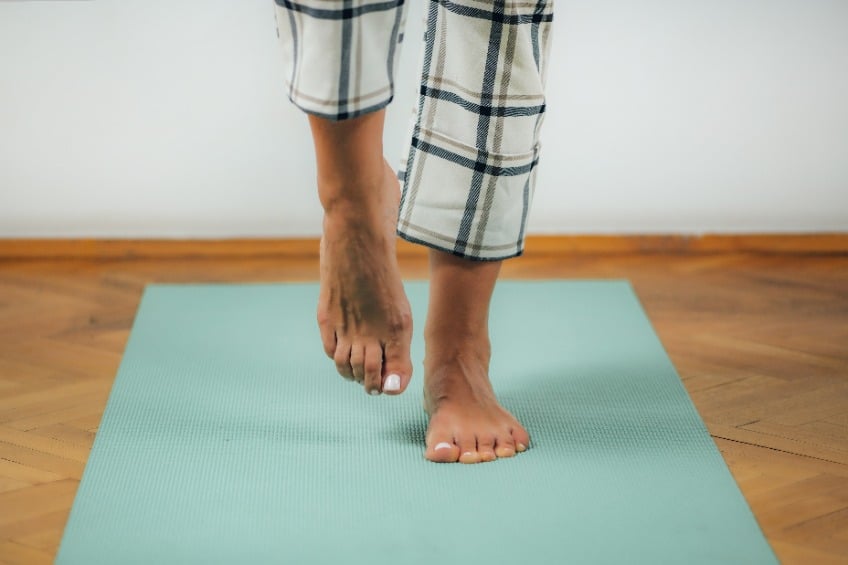
Types of sesamoid injuries
The sesamoids endure constant force when running or walking. As a result, the bone, tendon, or surrounding tissue is at risk of injury. Athletes who get sesamoid injuries include long-distance runners, golfers, football players, and soccer players. The most common injury is sesamoiditis, which is inflammation of the tendon and bone. Turf toe is another common injury when the tendons overextend. These conditions are primarily due to repetitive stress, overuse, or general wear and tear.
Something is afoot
Athletes experiencing a sesamoid injury will feel pain and discomfort as the foot strikes the ground when running or moving. The pain is localized beneath the big toe and may come and go. General swelling, redness, and bruising may also be present. Since the sesamoids help with the tendon's motion, flexing the big toe becomes painful. If an athlete can no longer perform without discomfort, a doctor must assess the foot pain.
Is the treatment working?
Sesamoid injuries are common among athletes, and several treatment options exist. Most cases respond well to non-surgical treatment, particularly the RICE method. Resting the foot, ice, compression, and elevation can all help. Special orthotic shoes and inserts, straps, tapes, pads, and bracing are also effective. Some athletes may find relief with steroid injections. An orthopedic surgeon or foot specialist will advise on the best approach based on the extent of the injury. Most patients heal over several weeks of extensive treatment. However, there are occasions when non-surgical treatment is ineffective. As a result, these athletes have difficulties competing and need advanced care.
Time for sesamoidectomy
Sesamoidectomy seeks to correct chronic conditions of the sesamoid. The surgical procedure consists of removing the damaged bone and adjusting the tendons. The patient will first be given local anesthesia and antibiotics. Next, the surgeon makes an incision outside the big toe and removes the damaged bone. The tendon is relocated, tightened, and any tissue is repaired. After the incisions are closed, the foot is placed in a splint. Recovery can take 3-6 months, with some patients needing more time.
Make the right choice
Some athletes have pain beneath the big toe for some time. When that pain becomes unbearable, there may be an issue with sesamoids. Most sesamoid conditions or injuries respond well to non-surgical treatment. However, if the pain lingers, surgery may be necessary. Choosing a sesamoidectomy can help athletes return to the sport with less pain.
Can Lower Back Pain Return After Spinal Surgery? 3 Lifestyle Changes To Get The Most Out Of Fusion
Minnesota Valley Valley Center2024-04-02T14:49:38-05:00April 15th, 2024|
Spinal surgery is an excellent solution for lower back pain, but symptoms can return. With lifestyle changes, patients can get the most out of fusion.
A New Lease On Life: Exploring How Robotic Total Joint Replacement Can Get You Active Again
Minnesota Valley Valley Center2024-03-24T17:38:47-05:00March 29th, 2024|
Robotic total joint replacement uses a robotic arm to replace the joint. This innovative approach allows a quick return to activities.
Restoring Dexterity: How Outpatient Carpal Tunnel Surgery Can Change Your Life
Minnesota Valley Valley Center2024-03-24T17:38:37-05:00March 15th, 2024|
After months of wrist and hand pain, carpal tunnel surgery may be needed. With outpatient options, restored dexterity with less pain and discomfort is possible.
More Articles from MVSC
June 25, 2021
Conditions like bunions or hallux rigidus affect the big toe. Here’s how to tell the difference and to determine if foot surgery is required.
May 12, 2021
A hammertoe is unable to extend, causing unbearable pain. There are surgical treatment options, but is foot surgery the best move?
February 10, 2021
Runners are prone to many types of injuries, including sesamoiditis. Consider these reasons to choose a sesamoidectomy.
September 17, 2020
Bunions are bony bumps that cause the big toe to bend inwards. Based on the severity of the issue, a doctor may decide on a surgery called bunionectomy and osteotomy.


